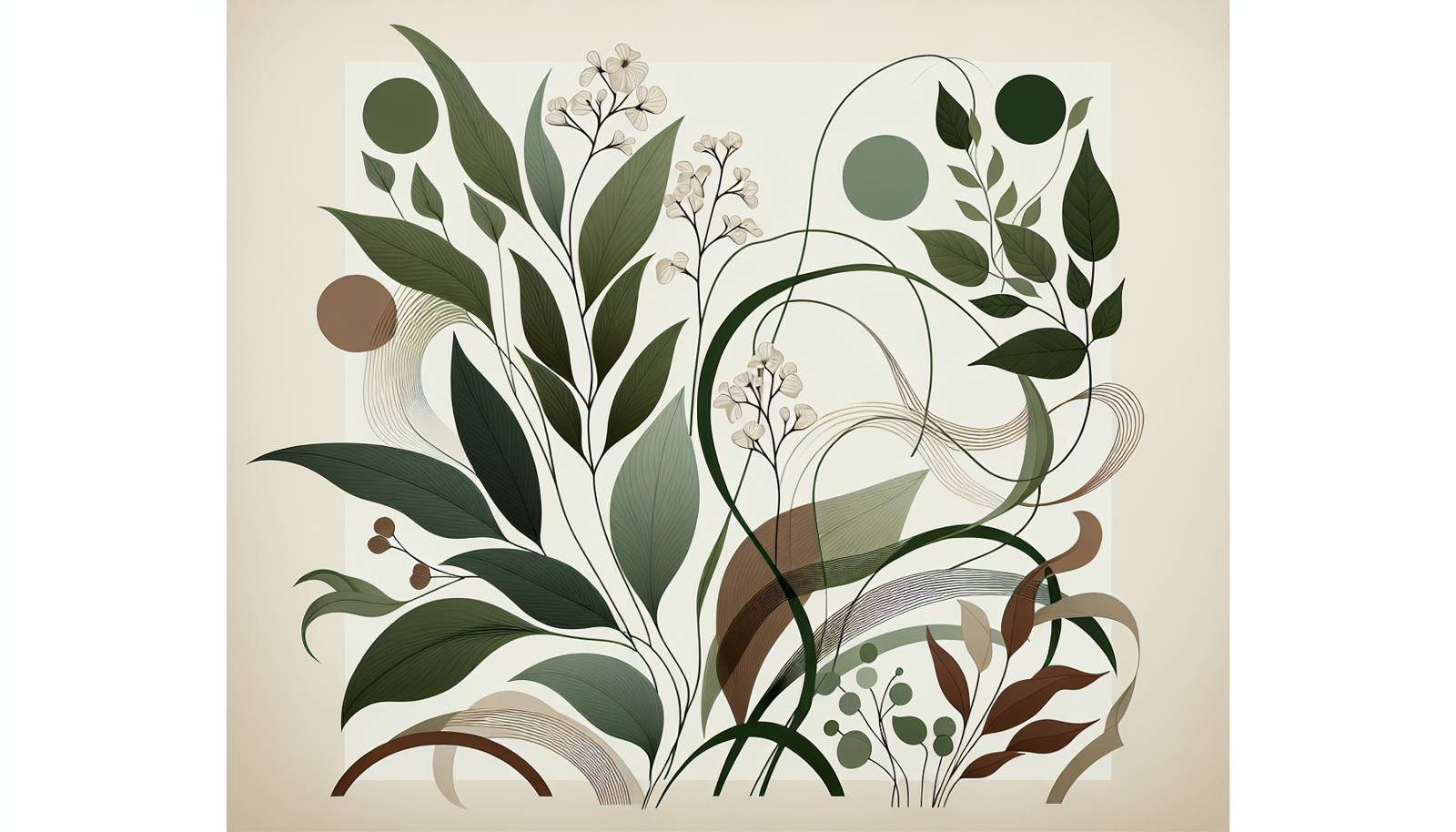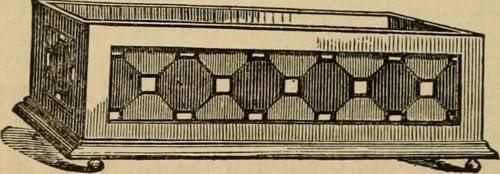
FAQ About Indoor Plant Seasonal Pruning Techniques

What is seasonal pruning for indoor plants?
Seasonal pruning refers to the selective trimming of indoor plants at specific times of the year to promote better growth, health, and aesthetics. The timing and technique can vary depending on the plant species, the plant's lifecycle, and the time of year, adapting to the natural growth patterns and seasonal changes indoors.

Why is it important to prune indoor plants seasonally?
Pruning indoor plants seasonally is crucial as it fosters healthy growth, prevents disease, and encourages flowering or fruiting. Regular pruning also helps maintain the desired shape and size of the plant, enhances airflow, and removes dead or damaged parts, thereby improving the overall health and appearance of the plant.

When is the best time to prune indoor plants?
The best time to prune most indoor plants is during the early spring before new growth starts. However, some species might benefit from light pruning during their active growth period in the summer. Always consider the specific needs of the plant species for optimal results.

How do I know which branches or leaves to prune?
When pruning, focus on removing dead, diseased, or damaged branches and leaves. Also, trim back any branches that cross or grow back towards the center of the plant. Aim to open up the center of the plant to increase light penetration and air circulation.

Can all indoor plants be pruned the same way?
No, different indoor plants have different pruning requirements based on their growth habits, flowering cycles, and nature. Research is necessary to understand the specific pruning needs and techniques suitable for each type of plant you have indoors.

What are the basic tools needed for pruning indoor plants?
Basic tools for pruning indoor plants include clean, sharp scissors or pruning shears. Depending on the size and thickness of the branches, you might also need gardening gloves or a small saw. Disinfect the tools before use to prevent disease transmission.

How does seasonal pruning affect a plant's flowering cycle?
Seasonal pruning can significantly impact a plant's flowering cycle. Pruning at the wrong time can remove buds or flowers, while correct timing can enhance flowering by shaping the plant and promoting healthy new growth. Always know your plant’s flowering schedule before pruning.

Are there risks associated with seasonal pruning of indoor plants?
Improper or excessive pruning can stress the plant, potentially leading to slow growth, reduced flowering, or susceptibility to disease. Pruning at the wrong time can also disrupt the plant’s natural growth and flowering cycles.

Is there a difference between pruning flowering and non-flowering indoor plants?
Yes, flowering plants often require pruning that accommodates their blooming cycle, ensuring that flower buds are not removed too early. Non-flowering plants are usually pruned more for shape and health maintenance without such concerns.

What should I do with the pruned material from my indoor plants?
Pruned materials like leaves, branches, or flowers should be disposed of if they are diseased or dead. Healthy pruned parts can be composted or, in some cases, propagated to grow new plants.

How often should I prune my indoor plants?
The frequency of pruning depends on the growth rate and type of plant. Generally, a thorough pruning is done annually in spring, with potential light pruning throughout the year to maintain shape or address issues like diseased or dead material.

Can pruning help control pests in indoor plants?
Yes, pruning can help control pests by removing infested or dead areas that may harbor insects or diseases. Healthy pruning practice can enhance air circulation, which mitigates conditions favorable for pests and disease development.

What are common mistakes to avoid when pruning indoor plants?
Common mistakes include pruning at the wrong time of year, using dull or dirty tools, over-pruning, and cutting too close to the main stem or not leaving enough leaf area for photosynthesis. Always research your specific plant needs before pruning.

How can I tell if my indoor plant needs pruning?
Indications that a plant needs pruning include overcrowding, crossing branches, dead or diseased parts, and reduced flowering or growth. Regular inspection of plants can help determine when pruning is necessary.

What pruning methods work best for succulents and cacti?
Succulents and cacti require minimal pruning. When necessary, prune to remove dead or damaged growth. Use sterilized tools to prevent disease and prune during the growing season for the best results.

Should I fertilize indoor plants after pruning them?
Fertilizing after pruning can be beneficial, as it helps plants recover and promotes new growth. Allow a few days for the pruning cuts to heal before applying fertilizer to avoid stressing the plant.

Does pruning increase indoor plants' air purification capabilities?
While pruning itself doesn't directly increase air purification capabilities, it promotes healthy plant growth, which can enhance the plant’s natural ability to purify air over time by providing more surface area for photosynthesis.

What is the 'three-cut method' in pruning and when should I use it?
The 'three-cut method' is a technique used to prevent the bark from tearing when cutting large branches. Incorporate this technique when pruning thick, woody branches of indoor plants to maintain plant structure and health.

How can I promote bushier growth through pruning?
To encourage bushier growth, prune back the tips of branches just above a leaf node. This technique stimulates the plant to produce side shoots, increasing the plant's fullness and density.

Can pruning revive a dying indoor plant?
Pruning can sometimes help revitalize a dying plant by removing dead or diseased material that may be hindering growth. However, the underlying causes such as poor conditions or diseases should also be addressed for recovery.
